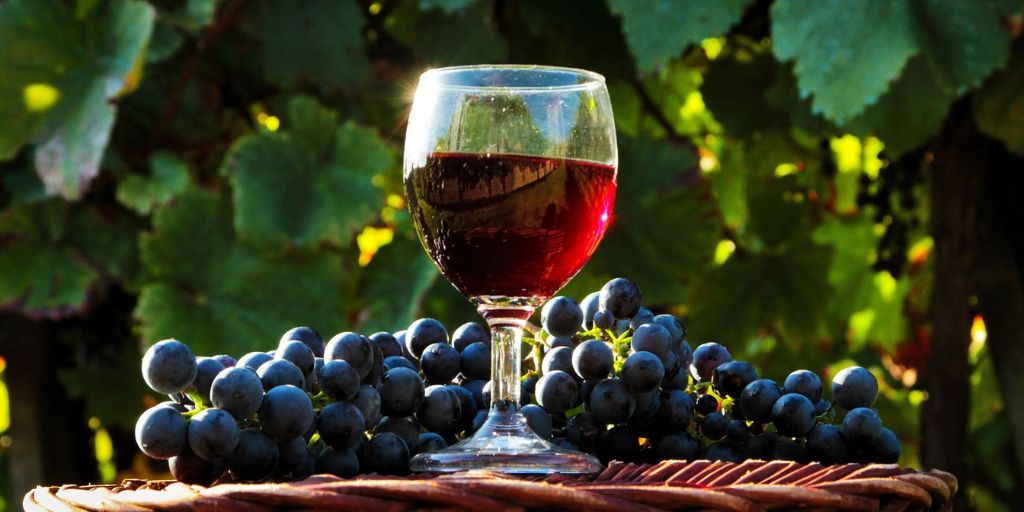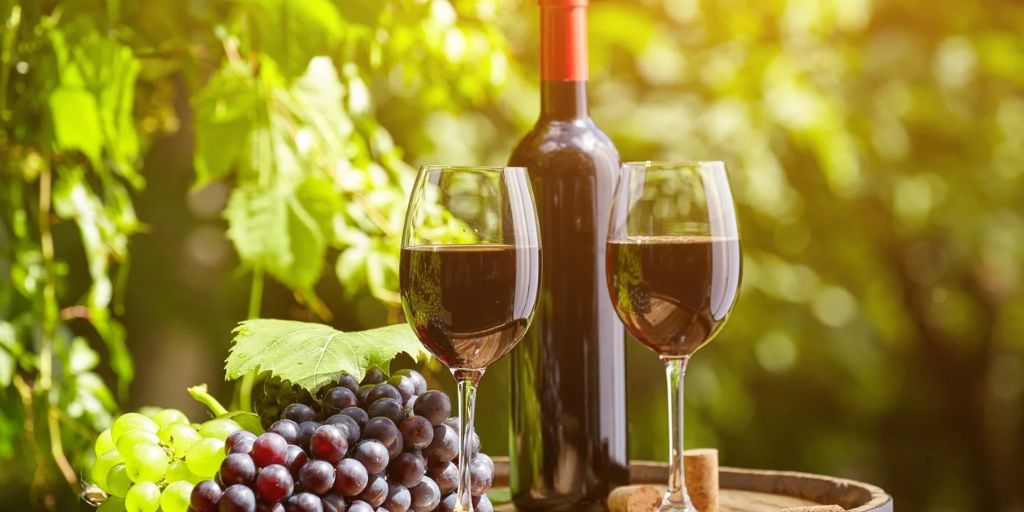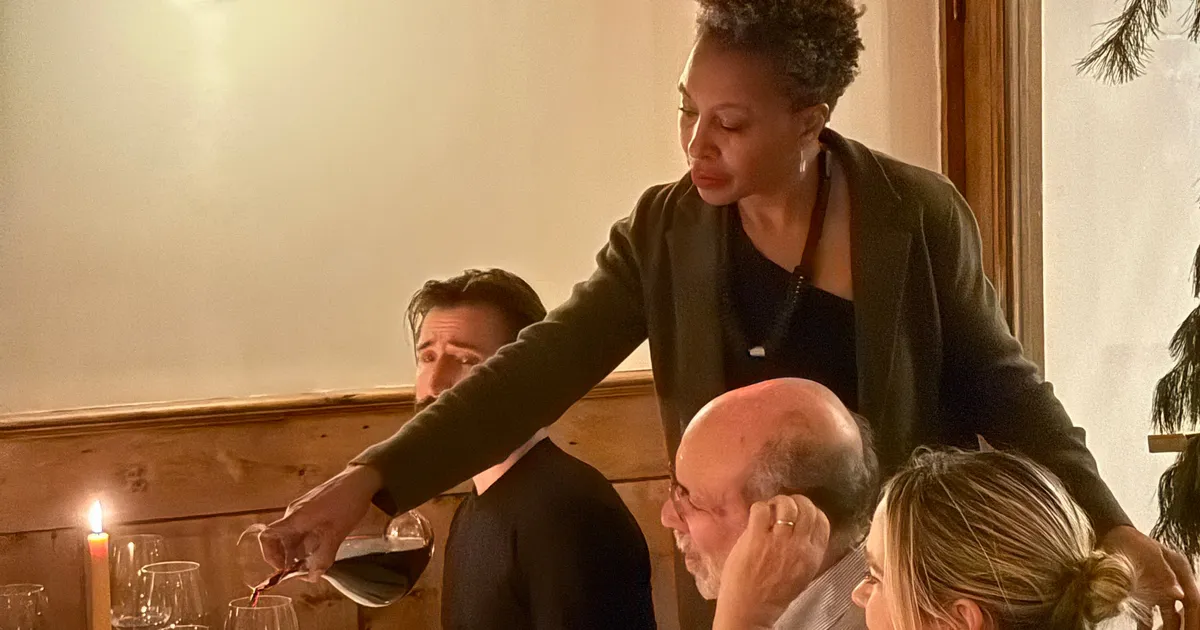Wine is not just a beverage; it is a story told through aroma, taste, and texture—a story that begins in the soil and ends in the glass. One of the most fascinating and often misunderstood elements that influence a wine’s character is terroir.
This French term, derived from terre (meaning “land”), encapsulates the complex interplay of environmental factors that give wine its unique identity.
Terroir includes everything from soil composition and climate to topography and vineyard management practices. Understanding terroir is key to appreciating why wines from different regions—and even from neighboring vineyards—can taste so remarkably different.
In this article, we’ll explore the concept of terroir, break down its primary components, examine how it influences wine flavor, and look at examples from around the world where terroir has become a defining aspect of wine quality and reputation.
What Is Terroir?
At its core, terroir refers to the environmental factors that affect a crop’s phenotype, including the microclimate, soil, terrain, and farming practices. In winemaking, terroir is believed to impart distinctive characteristics to grapes that are ultimately reflected in the wine’s taste and aroma.
Unlike industrial beverages designed for consistency, wine often embraces variation. That variation—between vintages, vineyards, and regions—is largely a result of terroir. It’s what allows wine from the same grape variety, such as Pinot Noir or Chardonnay, to express itself so differently depending on where it’s grown.
The Key Elements of Terroir
To understand how terroir influences wine flavor, it’s helpful to break it down into several key components:
1. Soil Composition
Soil is perhaps the most discussed aspect of terroir. Different soils—clay, limestone, granite, gravel, sand—each offer unique nutrient profiles, drainage characteristics, and heat retention properties. These factors influence the vine’s root development and water availability, which in turn affect grape ripening.
-
Limestone soils, common in regions like Champagne and Burgundy, retain moisture and add acidity and finesse to wines.
-
Gravel soils, found in Bordeaux’s Left Bank, offer excellent drainage and warmth, ideal for ripening Cabernet Sauvignon.
-
Volcanic soils, as in Sicily or Santorini, contribute mineral notes and complexity.
2. Climate and Microclimate
Climate shapes the growing season. Cool climates tend to produce grapes with higher acidity and lower sugar levels, resulting in leaner, more structured wines. Warm climates ripen grapes more fully, leading to higher sugar content and bolder, fruitier wines.
Microclimate refers to climate conditions in a specific vineyard or even a part of a vineyard. For example, a south-facing slope may receive more sunlight, while a vineyard near a river may experience increased humidity or cooling breezes.
3. Topography
Elevation, slope, and aspect all affect how much sun and wind a vineyard receives. Higher elevations tend to be cooler and promote acidity in grapes, while slopes allow for better drainage and sun exposure.
In areas like the Mosel Valley in Germany, steep, south-facing slopes help ripen Riesling grapes in an otherwise cool climate. These geographical nuances directly affect the flavor profile of the wine.
4. Human Influence
Although terroir is often thought of as purely natural, human intervention also plays a role. Traditional farming techniques, pruning methods, and vineyard layouts passed down through generations can significantly impact grape development and how terroir is expressed in the final product.
In Burgundy, for example, meticulous vineyard management and centuries of experience have helped vintners bring out subtle differences in terroir, even between vineyards just meters apart.
How Terroir Affects Wine Flavor
So how does terroir actually translate into taste? It’s a complex process, but wine professionals and enthusiasts widely recognize certain patterns:
1. Minerality
Wines grown on limestone, slate, or volcanic soils often exhibit what is described as minerality—a sense of stony, chalky, or saline notes. While the science behind this flavor is debated, many sommeliers and winemakers attribute these characteristics to soil composition.
2. Acidity and Structure
Cooler climates tend to produce grapes with higher natural acidity. This can give wines a crisp, fresh character. Conversely, warmer climates often result in lower acidity and higher sugar levels, leading to fuller-bodied wines with higher alcohol content.
3. Aromatics and Flavor Complexity
Growing conditions influence the grape’s ability to retain or develop specific aromatic compounds. For instance, Sauvignon Blanc from New Zealand (a cooler maritime climate) often exhibits bright, tropical aromatics and high acidity, while the same grape grown in California may show more melon and stone fruit notes.
Terroir can also impact the development of phenolic compounds and tannins, influencing mouthfeel and aging potential.
Famous Examples of Terroir Expression
1. Burgundy, France
Burgundy is perhaps the ultimate example of terroir-driven winemaking. The region’s classification system is based almost entirely on the concept of terroir. Each vineyard, or climat, is known to produce a wine with a distinct personality—even if the same grape variety (usually Pinot Noir or Chardonnay) is used.
For example, wines from the Grand Cru vineyard Le Chambertin are known for power and depth, while those from nearby Clos Saint-Jacques show elegance and finesse.
2. Napa Valley, USA
Napa Valley’s diverse microclimates and soil types result in significant variation across its sub-appellations. Cabernet Sauvignon from Rutherford is famous for its “Rutherford dust”—a term used to describe its earthy, dusty tannins. Meanwhile, wines from Stags Leap District are celebrated for their soft tannins and refined structure.
3. Barolo, Italy
In Piedmont, Nebbiolo grapes grown in different villages within Barolo produce remarkably distinct wines. La Morra offers more perfumed, approachable wines, while Serralunga d’Alba yields more robust and age-worthy expressions—all thanks to differing elevations, soils, and sun exposures.
Terroir vs. Technology
In modern winemaking, there’s an ongoing debate between terroir-driven wines and technologically manipulated wines. The former emphasizes minimal intervention, allowing natural conditions to express themselves. The latter relies on tools like additives, reverse osmosis, or oak chips to achieve a desired taste profile.

While technology can enhance consistency, many argue that it dilutes the authenticity and uniqueness that terroir provides. Terroir-focused producers prioritize organic or biodynamic practices to maintain a transparent connection between vine and bottle.
The Controversy and Limitations of Terroir
Though widely accepted in the wine world, terroir remains a somewhat abstract and controversial concept. Scientific studies have yet to fully explain how specific soil minerals might affect wine flavor. Some critics argue that the concept is more marketing than reality, especially when overused to justify higher prices.
Additionally, terroir is not static. Climate change, changing agricultural practices, and urban development can alter terroir over time, forcing winemakers to adapt and evolve.
Terroir is a complex and nuanced concept that lies at the heart of what makes wine unique. It represents the intersection of nature and nurture—where geography, geology, climate, and human touch converge to shape the identity of a wine. Whether you’re a casual wine drinker or a seasoned sommelier, understanding terroir deepens your appreciation for the diversity and artistry behind every bottle.
So the next time you sip a glass of wine, consider where it came from—not just the country or region, but the hillside, the soil, the breeze that cooled the grapes, and the hands that harvested them. That’s the role of terroir—and that’s the soul of wine.


